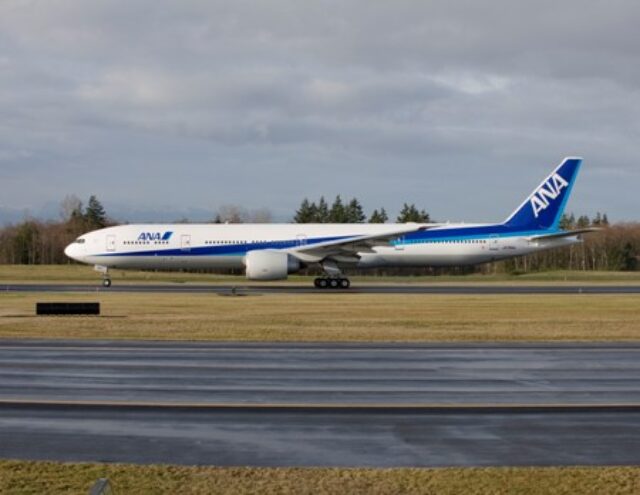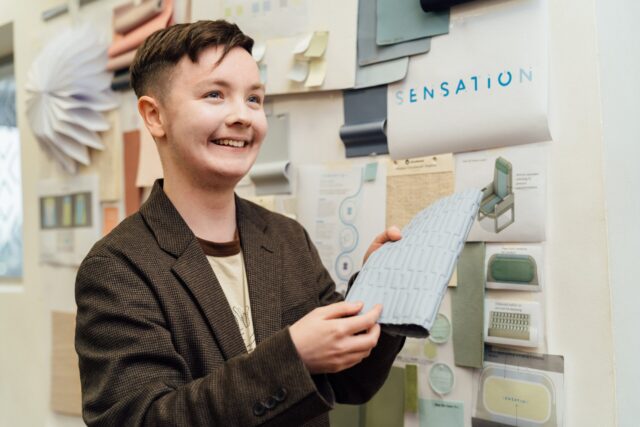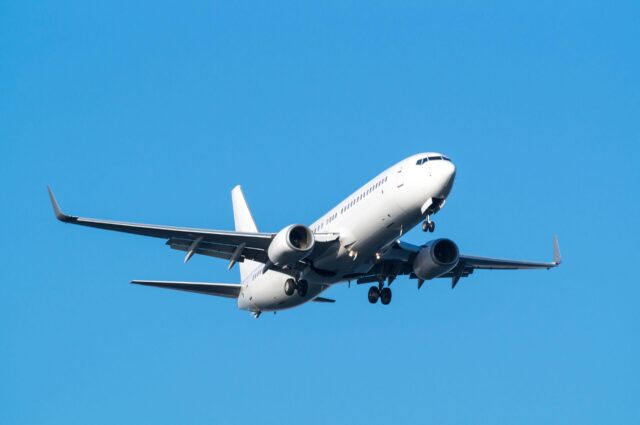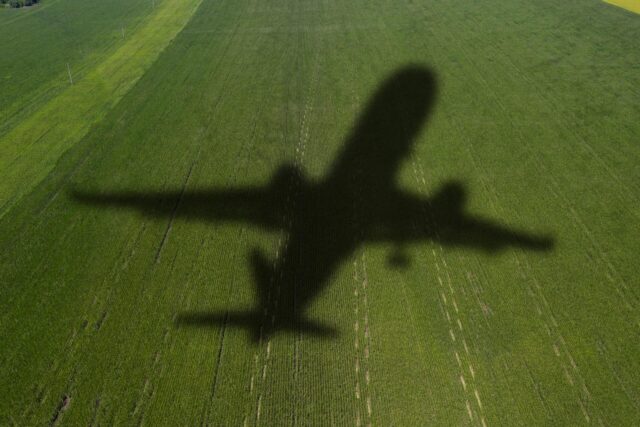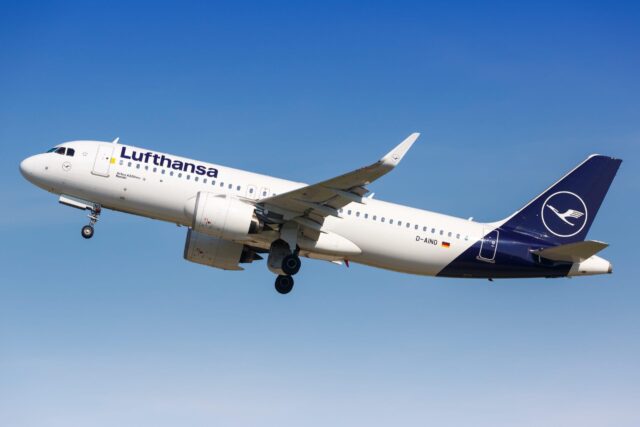Icing response central to Voepass ATR crash investigation

A preliminary accident investigation report into the loss of Voepass’ ATR 72-500 on 9 August has indicated that icing (and the response to the occurrence) contributed significantly to the fatal crash, claiming the lives of all 62 people onboard.
The 2010 ATR 72-500 (registration PS-VPB) was flying from Cascavel to São Paulo when it lost control and entered into a spin over Vinhedo, plummeting to the ground in a residential area. Although nobody on the ground was injured, the four crew and 58 passengers were killed.
Brazil’s Aeronautical Accidents Investigation and Prevention Center (CENIPA) has now released a preliminary report, clarifying that the aircraft encountered icing conditions along the route. At 15:14, the aircraft’s Electronic Ice Detector emitted an alert whilst passing FL130, after which the crew turned on the airframe’s de-icing system. Following a subsequent alarm in the cockpit, “the crew commented on the occurrence of an airframe de-icing fault, and that they would turn it off”.
Several more alert signals were made by the Electronic Ice Detector, with the second pilot asking a flight attendant for “information that would be passed to the operational dispatcher”. After making a call to Sao Paulo Approach control, the aircraft was told to maintain FL170 due to traffic, when a degraded performance alert sounded. However, despite acknowledging the message, ATC requested the aircraft wait for clearance – which it did. No emergency calls were made.
During the approach briefing, the second in command commented “a lot of icing”. The crew’s acknowledgement of ATC’s message that their descent would be authorized in two minutes was the last communication received, with the aircraft entering a stall during a right hand turn. The ATR competed five full rotations in a flat spin before crashing into the ground.
The authorities will now compile a final report on the crash, with “new factual data… being collected for subsequent validation to support the analyses and ensure the accuracy and reliability of the conclusions that will be presented”.
As the central body of the Aeronautical Accidents Investigation and Prevention System (SIPAER), CENIPA is the Brazilian State authority responsible for conducting investigations into aeronautical occurrences. CENIPA states that its investigations “do not seek to establish guilt or liability… nor are they intended to determine any probably cause of an accident, but indicate possible contributing factors that allow for the elucidation of any technical issues”.






